Origins of the Quaker Cemetery
In Alexandria, the Quaker community established a burial site in 1784 on Queen Street, near its intersection with Washington Street. This site replaced an earlier burial location at the 300 block of South St. Asaph Street, which also served as the Quaker’s first meeting venue.
Transition to a New Resting Place
By 1809, following town edicts that prohibited new burials after May 1, 1809, due to concerns about yellow fever, the Quaker community ceased burials at the Queen Street location. You can learn more [here]. They began using the Friends in the District of Columbia cemetery at the start of 19th Street beyond Columbia Road.
The Kate Waller Barrett Branch Library
Today, the Quaker burial ground has become the Kate Waller Barrett Branch Library at 717 Queen Street. Respecting Quaker traditions, the graves from before the library’s construction remain beneath the library’s parking lot and grounds. Some gravestones were moved to the Quaker burial ground near the Quaker Meeting House, south of Alexandria, near the Woodlawn Plantation.

Of the 159 individuals buried in the Alexandria Quaker burial ground, 66 were relocated to different areas within the same site to accommodate the library’s construction. The remaining 93 continue to rest undisturbed in their original locations. Unfortunately, records for only 78 of these burials have been preserved.
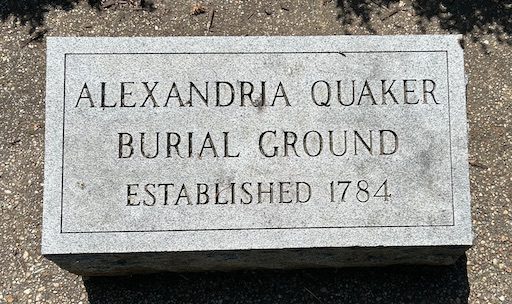
Dr. Elisha Cullen Dick: A Life of Note
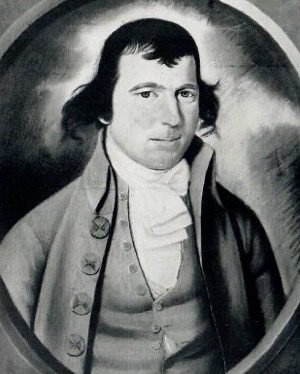
Dr. Elisha Cullen Dick (1762-1825) is one of the notable figures buried at this site. Born in Pennsylvania, Dr. Dick studied medicine under Dr. Benjamin Rush.
He was also a prominent figure in the late 18th and early 19th centuries, succeeding General Washington as Worshipful Master of the Masonic Lodge No. 22 in 1789. As Grand Master of the lodge, he led the April 15, 1791 ceremony in which a small stone was placed at the south corner at Jones Point, marking “The beginning of the Territory of Columbia.” He also played a significant role in laying the cornerstone of the United States Capitol building on September 18, 1793.
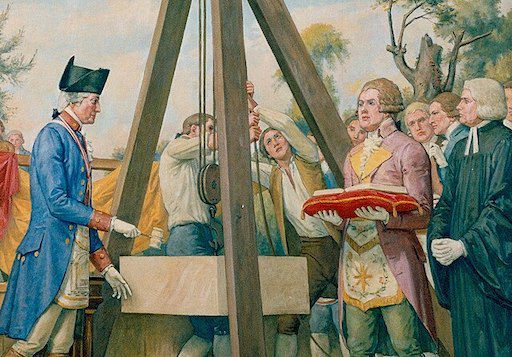
He was present during George Washington’s last moments in 1799, along with Doctors James Craik and Gustavus Brown. Although he suggested a tracheotomy procedure, his advice was not followed. Their later regret over this decision underscores Dr. Dick’s medical acumen. According to historical accounts, it was Dr. Dick who halted the clock in George Washington’s bedroom at 10:20 p.m. on December 14, 1799, marking the moment of Washington’s passing. (For more on this period, see the blogs: [Dr. James Craik: George Washington’s Lifelong Friend and Physician | A Tale of Commitment and Friendship] and [Caroline Branham: the Enslaved Chambermaid Who Witnessed George Washington’s Final Moments].)
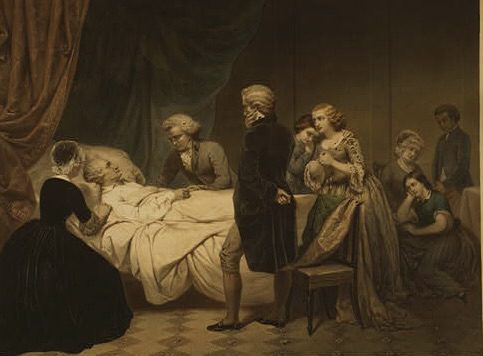
Dr. Dick held numerous significant roles throughout his life. Not only was he involved in Washington’s funeral, worked in real estate, and contributed to Alexandria’s firefighting efforts, but he also helped establish the Alexandria-Washington Lodge No. 2 and even served as Alexandria’s mayor. In 1793, Dr. Dick was appointed the health officer with authority to establish a quarantine station at Jones Point to inspect ships. This was especially crucial during the yellow fever quarantines of the early 19th century, where he served as the Superintendent of Yellow Fever Quarantine during epidemics in Alexandria.
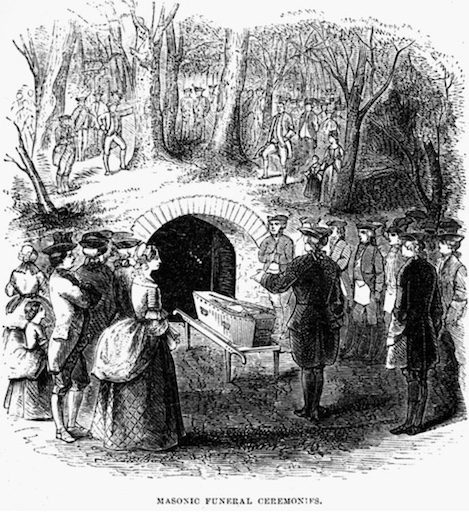
Dr. Dick faced financial challenges, bankrupting in 1801 due to poor investment decisions. Nevertheless, he was held in high regard in Alexandria, serving as a justice of the peace, coroner, and mayor in 1804. Initially an Anglican, Dr. Dick’s spiritual journey transitioned from being a Presbyterian to joining the Quakers in 1812. This shift in faith led him to free an enslaved person, renounce dueling, and change his stance on slavery from support to opposition.
A Celebrated Dinner Invitation in Rhyme by Dr. Elisha Cullen Dick
This unique poetic invitation was penned for Dr. Dick’s close friend, Philip Wanton, who resided in a quaint frame house once located at 216 Prince Street. The house long ago disappeared.
If you can eat a good fat duck,
Come up with us and take pot luck,
Of whitebacks we have got a pair
So plump, so round, so fat, & fair
A London Alderman would fight
Through pies and tarts to get one bite.
Moreover, we have beef or pork
That you may use your knife and fork.
Come up precisely at two o’clock
The door shall open at your knock.
The day tho’ wet, the streets tho’ muddy
To keep out the cold we’ll have some toddy.
And if, perchance, you should get sick,
You’ll have at hand
Yours
E. C. Dick
Dr. Elisha Cullen Dick’s playful and inviting rhyme showcases his medical prowess and his flair for poetic expression. This piece serves as a delightful reminder of the multifaceted talents that historical figures often possess.
On 22 September 1825, Elisha Cullen Dick passed away at his Cottage Farm residence in the Lincolnia section of Fairfax County. His remains were transported on a funeral wagon through Alexandria and laid in an unmarked grave at the Friends Burying Ground on Queen Street.
Conclusion
The Quaker burial grounds in Alexandria highlight the city’s history and the Quaker community’s impact. They show a transformation from sacred spaces to modern landmarks.
Sources of Information
Blanton, W. B. (1931). Medicine in Virginia in the Nineteenth Century. Garrett & Massie, Inc.
The Alexandria Association. (1956). Our Town: 1749 – 1865. Likenesses of This Place & Its People Taken from Life by Artists Known and Unknown. Dietz Printing Company.
Pippenger, W. E. (1992). Tombstone Inscriptions of Alexandria, Virginia: Volumes 3. Family Line Publications.
Greenly, M. (1996). Those Upon the Curtain Has Fallen: The Past and Present in Old Town Alexandria, VA. Alexandria Archaeology Publications.
Crothers, A. G. (2012). Quakers Living in the Lion’s Mouth. The Society of Friends in Northern Virginia, 1730 – 1865. The University of Florida Press.
Dahmann, D. C. (2002). The Roster of Historic Congregational Members of the Old Presbyterian Meeting House. [Unpublished manuscript].
City of Alexandria. (2020). Official Website. [Webpage]
John Saunders. The Saunders Family History. (n.d.) [Website].